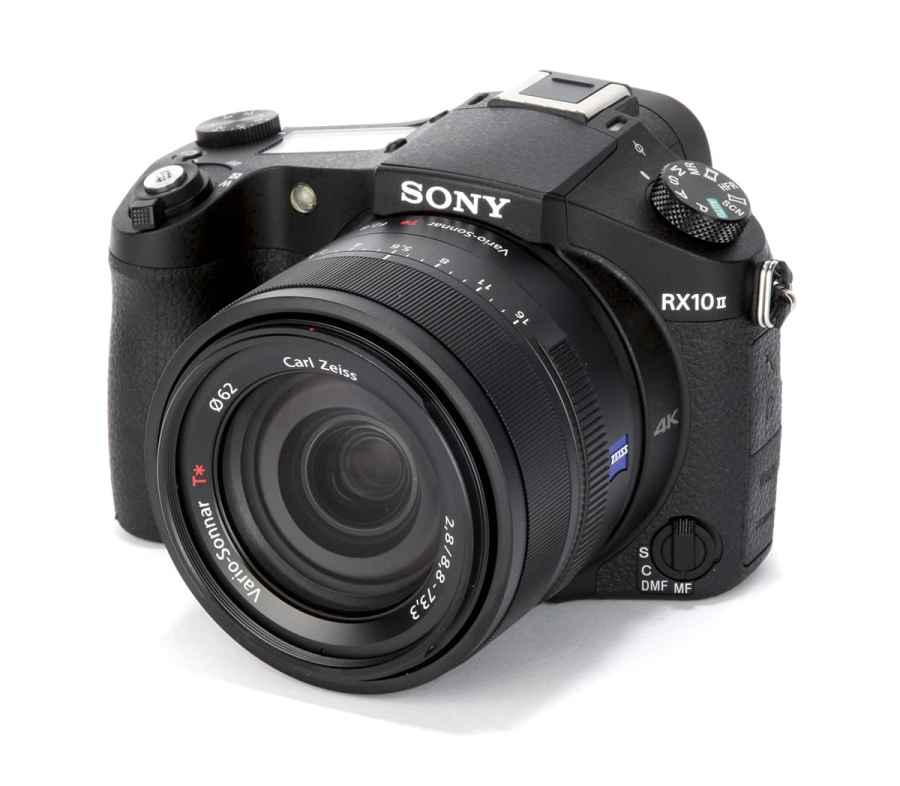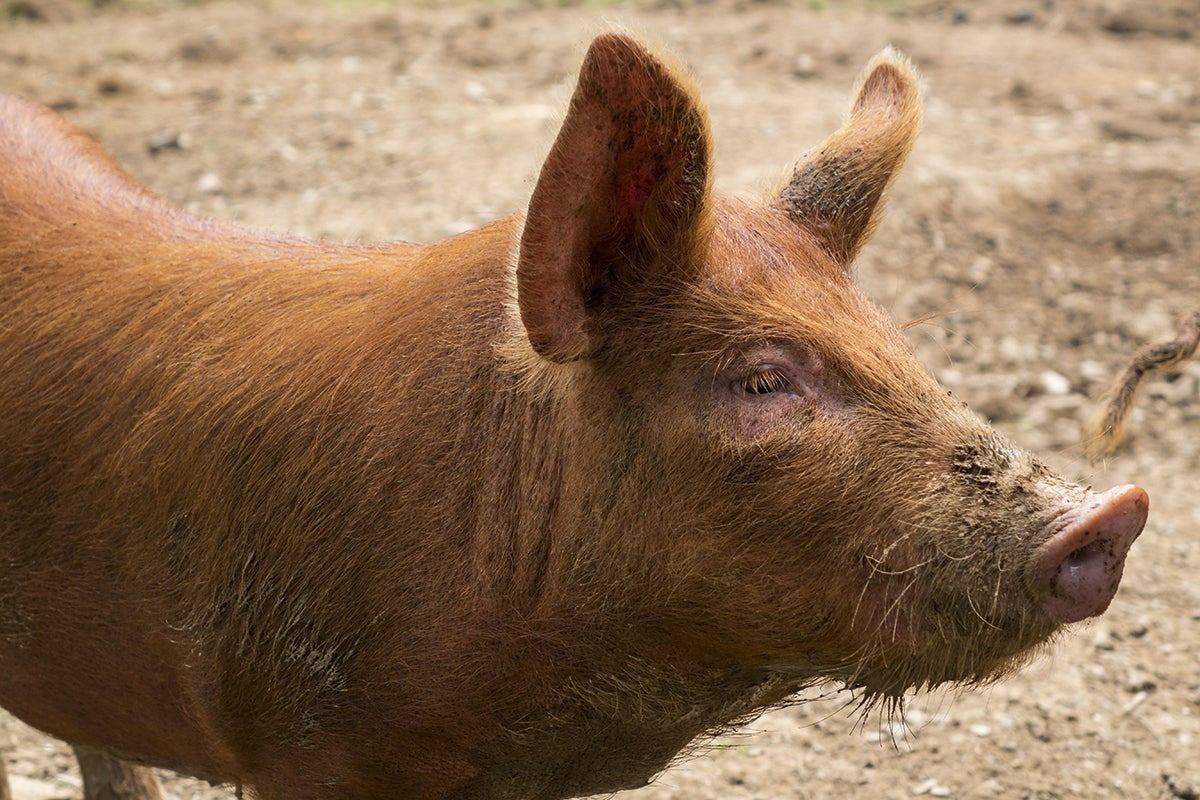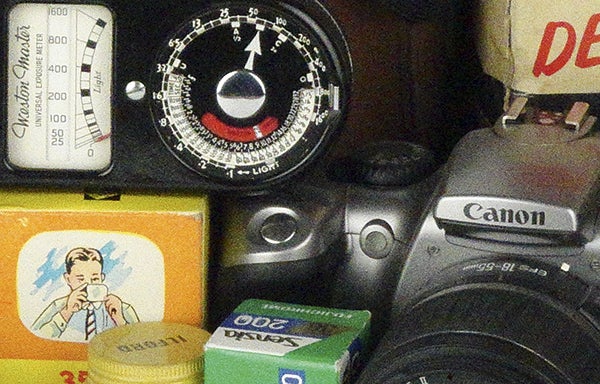It’s true to say that Sony created a new type of bridge camera with the Cyber-shot DSC-RX10. The original model was released in 2013, and it provides a good balance between the convenience of a bridge camera and the image quality and features of a DSLR camera. With this in mind, the RX10 has a 1in sensor, which is smaller than that of a DSLR, but significantly larger than the compact camera sensors usually found in bridge cameras.
The lens is a Zeiss 24-200mm equivalent f/2.8, which again provides the aperture and focal lengths that most enthusiast photographers will need. Since the release of the RX10, Panasonic has released the Lumix DMC-FZ1000 – a bridge camera with a very similar specification to the RX10. However, one area where the Panasonic FZ1000 has the better of the Sony RX10 is in its video capabilities. The FZ1000 can shoot high-resolution 4K video, whereas the RX10 is only capable of full HD 1080p. However, all that has now changed with the introduction of the RX10 II, an updated version of the RX10.
 Sony Cyber-shot DSC-RX10 II review – Features
Sony Cyber-shot DSC-RX10 II review – Features
Much of RX10 II remains unchanged from its predecessor. However, there is one significant update: the new camera has a ‘stacked CMOS’ sensor. The new 20.2-million-pixel sensor takes backside illuminated (BSI) technology – where much of the circuitry is on the back of the sensor – a stage further and instead incorporates these circuits, with the addition of Analogue to Digital (AD) converters and Dynamic Random Access Memory (DRAM), in a second chip below the main imaging surface. This speeds up the processing time, and it is this new-found speed that makes most of the RX10 II’s exciting new features possible.

Many of the RX10 II’s improvements are based around video capture. The RX10 II can match the Panasonic FZ1000 by recording 4K video footage in-camera, but it can now also record at frame rates of up to 1000fps – 40x slower than normal, so 1sec becomes 40secs of video. The shooting speed of the camera has also been improved, as it is now possible to capture JPEG images at up to 14fps, compared to 10fps on the RX10. The improved processing power of the RX10 II meant that I was able to shoot a burst of 43 Extra Fine JPEG images in Speed Priority Continuous shooting mode when using a UHS I U3 SD memory card. In standard continuous mode I could shoot 55 JPEG images at 5fps, and 43 raw images at around 4fps, before the shooting rate started to slow.
As well as having a mechanical shutter with a maximum speed of 1/3,200sec, there is also the option of an electronic shutter that can shoot at up to 1/32,000sec. When this is combined with the camera’s built-in 3EV ND filter, it means that the maximum f/2.8 aperture of the lens can be used at a low ISO sensitivity – even on a bright sunny day. Of course, the ND filter is also useful when wanting to shoot shallow depth of field footage for video.
There is also a new lower ISO sensitivity limit. Like the previous camera, the standard sensitivity range is from ISO 100-12,800, but the expanded range is now lowered from ISO 80 to ISO 64. The lens remains the same as on the RX10, with a Zeiss Vario-Sonnar T* 8.8-73.3mm f/2.8, which is equivalent to a 24-200mm lens on a 35mm full-frame camera.
Sony Cyber-shot DSC-RX10 II review – Build and handling
Aside from a slight change to the labels on a couple of buttons, the RX10 II is externally identical to its predecessor. The body is made from magnesium alloy with a faux-leather finish to add texture and grip around the main body of the camera. The grip itself feels good; it’s a comfortable size and in the hand it is quite easy to forget that you are using a bridge camera and not an entry-level DSLR.

The RX10 II’s DSLR-like feel is aided by the range of buttons and dials. There are numerous customisable buttons and the function button is set to reveal a quick menu to change all the current shooting settings.
There are two nice touches on the lens of the RX10 II. The first is that it has an aperture ring and the second is that aperture clicks can be turned off, which is useful when shooting video.
Sony Cyber-shot DSC-RX10 II review – Performance
It is interesting to note that the RX10 II still uses contrast-detection AF, rather than the on-sensor phase-detection that Sony has been reeling out in its other recent cameras. However, the RX10 II is pretty nippy. Indeed, Sony claims that the RX10 II has a focus speed of 0.09sec, which, when focusing on distant objects at the 24mm equivalent setting, is certainly believable.
At this widest focal length the focusing speed is snappy, even when going from the minimum to maximum focus distance. It’s worth noting at this point that the minimum focus distance is just 3cm from the front of the lens, which makes the RX10 II great for close-up images.
At the 200mm equivalent focal length the focusing does become a little slower, and it may occasionally hunt in low light. However, the focus speed is still quick and suitable for the majority of subjects that enthusiast photographers will throw at it.
Although the lens focus ring uses an electronic fly-by-wire system, it works smoothly and allows you to focus quickly. Combined with the excellent viewfinder and the magnification view that is offered, it’s possible to manually focus precisely.
When shooting video at a 4K resolution, any individual frame has a resolution of 8 million pixels. Sadly, unlike Panasonic, Sony has not included an option (a very useful one at that) to extract an individual frame from 4K footage, so this must be done using software on a computer.
The high frame rate (HFR) video is simply astounding. It should be noted that all the footage is subject to various different crops, depending on the frame rate, and that it’s upscaled to 1080p for viewing. The 250fps footage is recorded at a resolution very close to 1080p, so it looks fantastic, and while the 1,000fps footage is a little lacking in definition in comparison, being able to see a bee flying 40x slower than in real life is fascinating.
More conventionally, the camera can record at 1920×1080 at 25, 50 or 100p. It also has a mic-in and headphone output, as well as HDMI and a wealth of other features.
Sony Cyber-shot DSC-RX10 II review – Performance: Dynamic Range
With a maximum dynamic range of around 12.4EV, the Sony RX10 II is impressive, given the size of the sensor and its pixel density. One thing I noted when shooting JPEG images at the extended ISO 64 setting is that the dynamic range is reduced in the highlights. Therefore, if you are a JPEG-only shooter it is probably best to stick to ISO 100 for landscapes.

Sony Cyber-shot DSC-RX10 II review – Performance: Resolution
The RX10 II’s 20.2-million-pixel, 1in CMOS sensor is no doubt a variant on the sensor of a similar size that we have seen in previous RX10 and RX100 cameras, and produces images with around the same resolution, reaching around 3,000l/ph in our test. As we found on the RX10, the 24-200mm equivalent f/2.8 lens is very sharp in the centre.
Sony Cyber-shot DSC-RX10 II review – Performance: Noise
There seems to be little quantifiable difference in the noise levels between the RX10 and RX10 II. Thankfully, that means the sensor produces lots of fine detail with little noise at low sensitivities up to around ISO 1,600. However, I would suggest that ISO 3,200 is about as high as you want to shoot and ideally you should stick below ISO 800.
Sony Cyber-shot DSC-RX10 II review – Our Verdict
Like its RX10 predecessor, the RX10 II produces great images, it has an excellent lens, very good build and handling, and it excels at video capture. The new EVF and electronic shutter options are great additions to the camera, and the 4K video capture and slow-motion options are excellent. However, for existing RX10 owners you have to ask if there really is enough to tempt you to buy the RX10 II, particularly if you aren’t interested in video or faster shooting bursts.
For those starting in video, and other creative types, it should prove a very versatile all-in-one tool. There are few situations that the RX10 II won’t be able to cope with, and the 4K video should mean that it won’t be superseded too quickly.
There is no doubt that the RX10 II is a great bridge camera, and those looking to lighten the load don’t need to look much further than this all-in-one solution. The catch is the price, which at £1,200 makes it a somewhat considered purchase.
Overall score: 5 out of 5





















